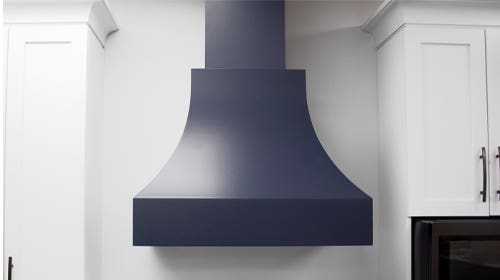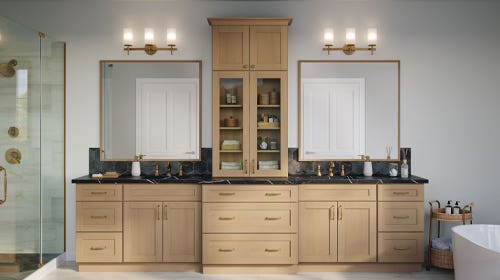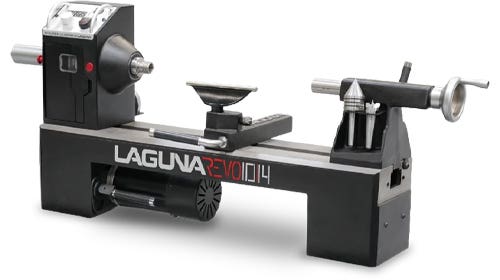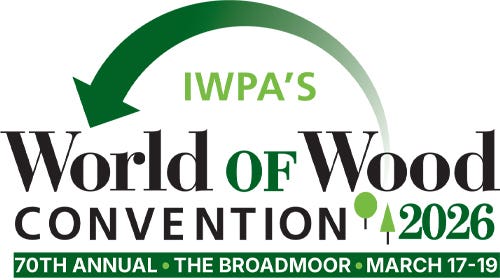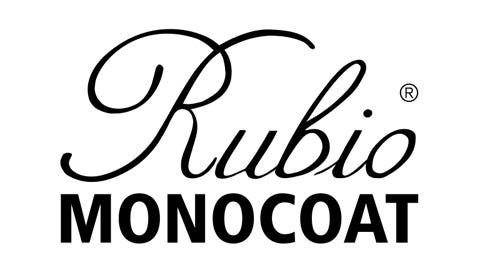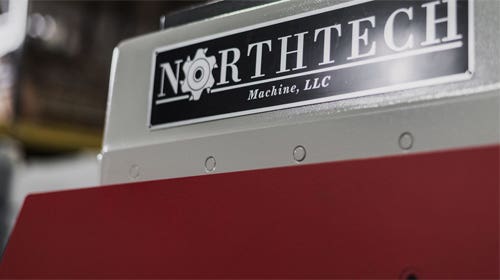Exhibit explores Shaker-Modernist parallels
The Fruitlands Museum in Harvard, Mass. is presenting “Visons of Design: Parallels in Mid-Century Modern and Shaker Furniture” through Mar. 22, 2020. The exhibit features pieces drawn from the museum’s…
The Fruitlands Museum in Harvard, Mass. is presenting “Visons of Design: Parallels in Mid-Century Modern and Shaker Furniture” through Mar. 22, 2020. The exhibit features pieces drawn from the museum’s collection and Field Farm in Williamstown, Mass., the former home of avid modern art and furniture collectors Lawrence and Eleanor Pamedo Bloedel.
The Shakers were a religious communal society who settled throughout the eastern United States, flourishing in the mid-1800s. The Modernists were recognized for their use of innovative aesthetic forms in the mid-20th century.
“Despite existing a century apart, their mutual sensitivity to place, materials, and intended use led both to prioritize purpose over decoration when creating and collecting furniture and art,” according to the museum. “The furniture and art in this exhibition may intrigue visitors to think differently about how the design of furniture evolves.
“In addition to comparison of these two collections, cabinetmaker Eli Cleveland, distinguished alumni of North Bennet Street School, Boston, will create replicas of three pieces of furniture in the exhibit, with yet-to-be assembled parts seeming to float in the center of the gallery, dramatically highlighting how the furniture was fabricated.”
For more, visit www.fruitlands.org.
Shining a light
The Wharton Esherick Museum is featuring the finalists of its annual woodworking competition in its “Leave the Light On” exhibit, which opened Sept. 8 and runs through Dec. 29.
The exhibit celebrates innovative approaches to lighting by 13 makers, including Dean Babin, Bob Brox, Ken Burton, Ashoke Chhabra, Eric Diven, Catherine Emil, Jamie Herman, Sandy Huse, John Lutz, Jodie Prud’homme, Matthew Shewchuk, Brian Skalaski, Janine Wang, and Jared Williams.
Launched in 1994, the annual competition challenges artists, woodworkers and craftspeople to draw inspiration from Esherick’s unique designs, encouraging artists to continue to reinvent the world around us.
“Lighting mattered to Wharton Esherick. It added a touch of drama, a twist in the plot. He understood the unique power of light to transform our experience of space, to reveal and define form,” the museum explained in a statement.
For more, visit www.whartonesherickmuseum.org.


